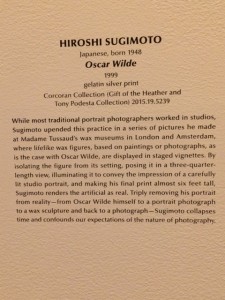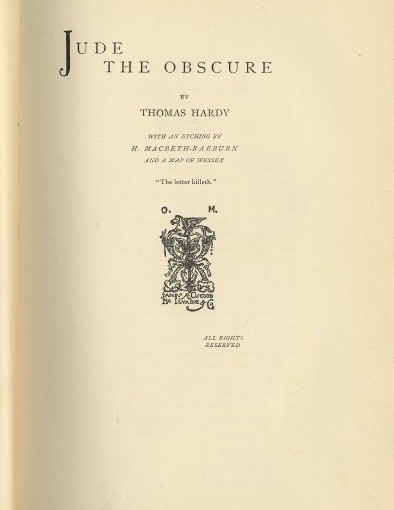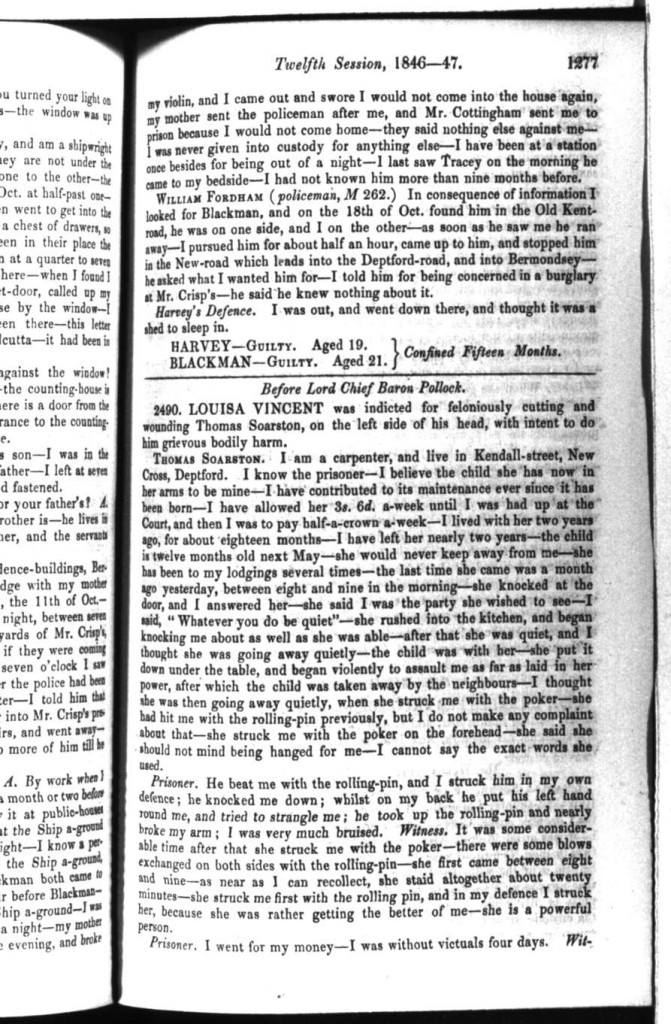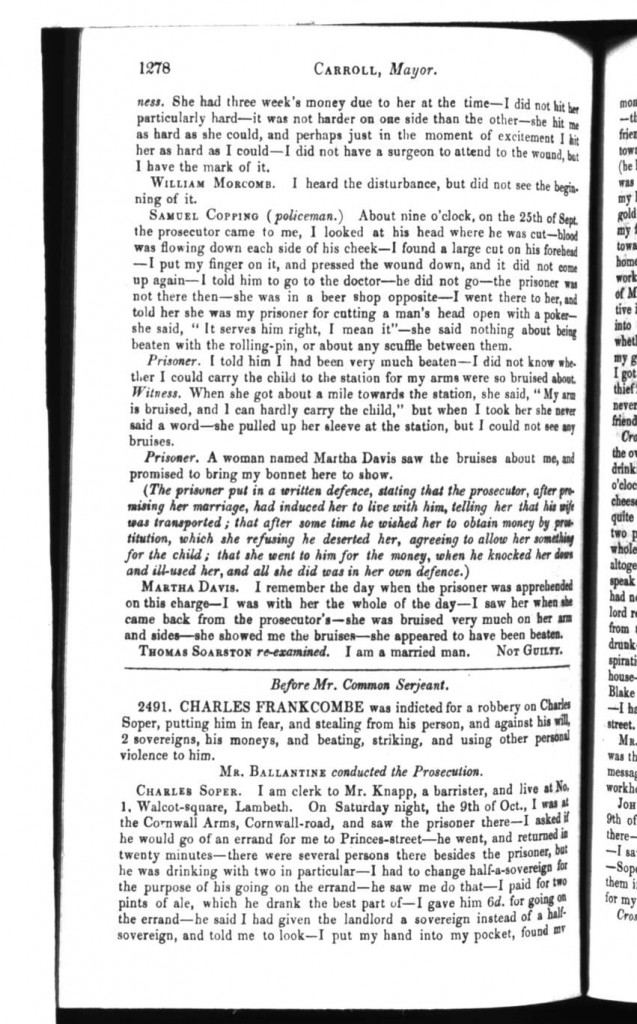George Drysdale’s controversial essay on sexuality (among other things) went wildly against convention in its discussion of female sexual desire. This essay suggests that a “strong sexual appetite” in women is natural and normal, likening it to mental health as an appetite for food is to physical health. Drysdale comments upon the attitude towards open female sexuality at the time, mentioning how many consider that “to have strong sexual passions is held to be rather a disgrace for a woman”. Contrary to this commonly-held belief, he argues that it should be considered acceptable (nay, encouraged!) for women to both have and express sexual desire openly, in the same manner as men. Drysdale correlates the phenomenon of sexual desire with being both entirely physically healthy, and with being in accordance with nature’s wishes.
In an interesting section of the passage, Drysdale dwells upon the power that embracing sexual desire would bring to women. He writes: “The man or woman who is borne down by a weakened and diseased digestion, will recognize strength of stomach and vigour of appetite to be the greatest of all desirable virtues for them, that which lies at the root of every other advantage; and in the same way he who is wallowing in spematorrhoea, impotence, and sexual disgust, or the morbid and chlorotic girl, may recognize sexual power and strong sexual appetites, as the highest and most important of all virtues for them in their position.” Thus, by embracing their sexual appetites instead of repressing them in accordance with society’s expectations, these women will supposedly improve their lives greatly and be able to accomplish more than they would have were they still wallowing in misery stemming from repressed sexual feelings.
One of the most relevant lines, however, is from the third sentence of this excerpt. Drysdale writes that “The moral emotions of love are indeed thought beautiful in her; but the physical ones are rather held unwomanly and debasing.” This sentence sets up what is to come–a challenge to the societal perceptions of women’s sexual desire as being “unwomanly.” If a “woman” in Victorian society at the time is supposed to show no sexual desire (at a detriment to her health, according to Drysdale), but women of the time clearly did experience sexual desire, then what Victorian woman would truly be considered a woman? This passage, by arguing that the sexual desires of Victorian women, contrary to what society says, are natural and healthy, challenges the Victorian “life-script” by suggesting that women should exercise their sexual appetites as men do, and decries the notion of a chaste, virginal maiden, so desired in Victorian society, as unrealistic and unhealthy.
At the time of its publishing, The Elements of Social Science; or, Physical, Sexual, and Natural Religion was considered to be somewhat scandalous, sparking discussion and responses from many other authors of the time period. As a longer work, the collection of essays touched on many topics besides the repressed sexualities of Victorian women, but between then and now Drysdale has been referred to as somewhat of a “sexual pioneer,” with ideas ahead of his time. This is not to say that Drysdale was entirely unbiased and modern, but that he was perhaps more accepting of open sexuality than most of his era. Drysdale’s essay about embracing female sexuality, instead of deeming it “unwomanly,” belongs in the VQA simply for its radical views about female sexuality and how it should be accepted– a view that went against the popular convention at the time.




